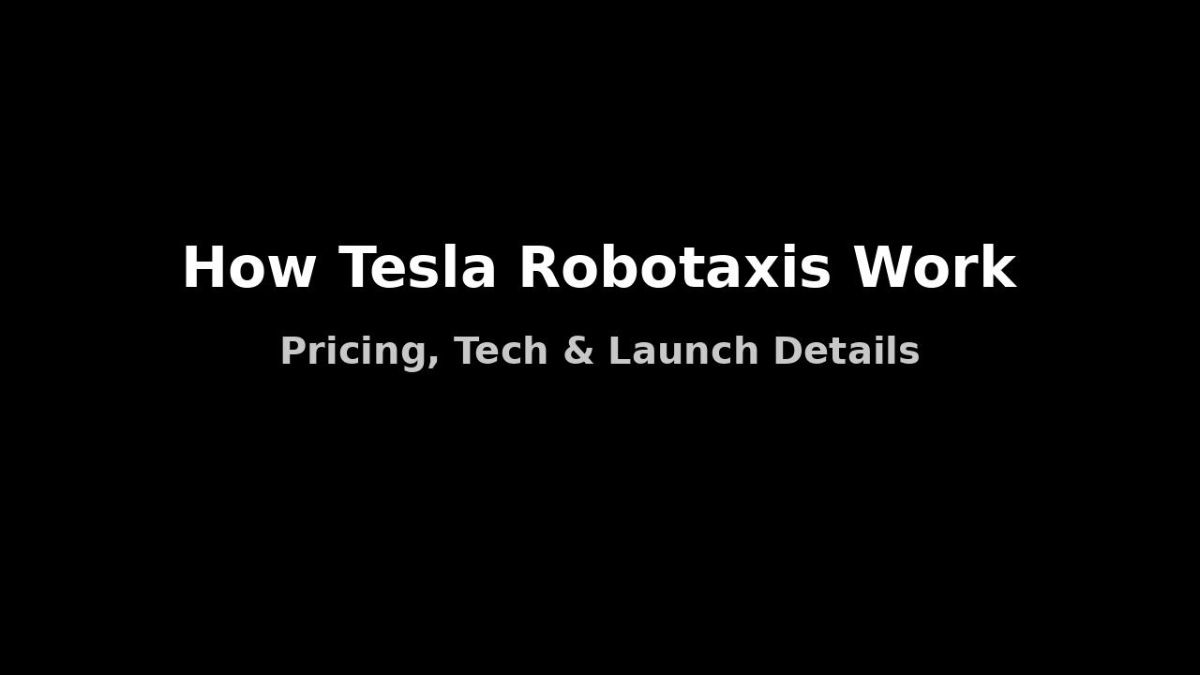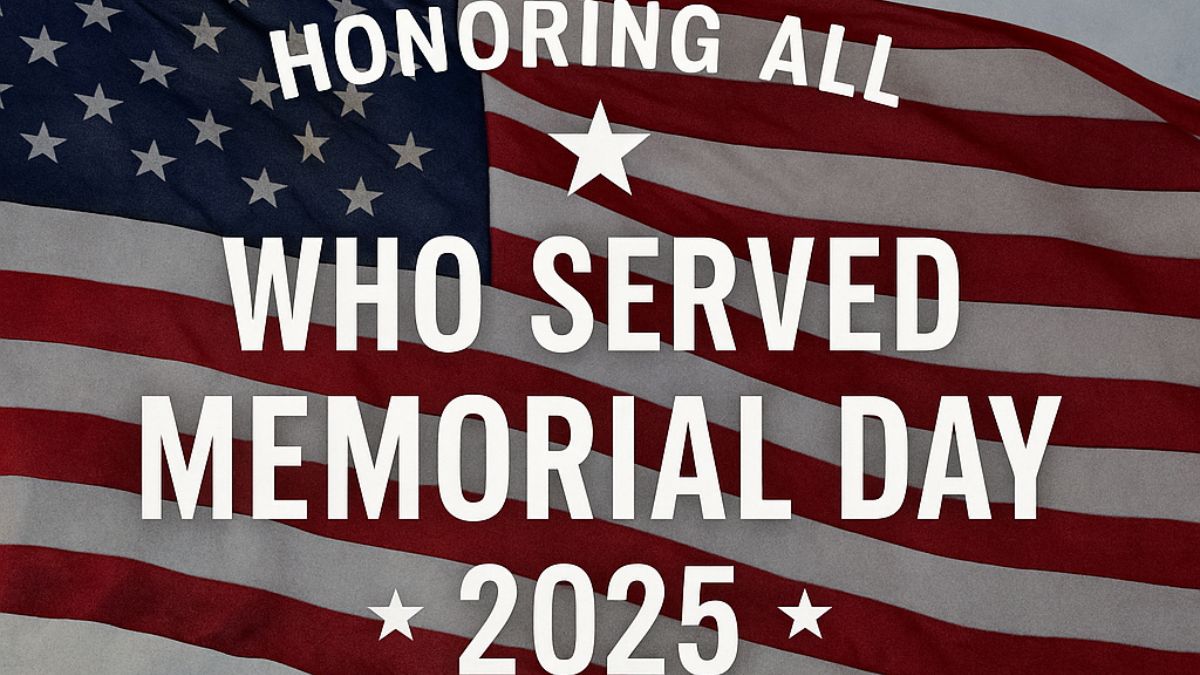New York: June 2025 may go down as the month Elon Musk finally turned the sci-fi promise of autonomous cars into a consumer reality. Tesla’s robotaxi service, launching in Austin, Texas, isn’t just a futuristic concept anymore—it’s happening. With rides priced at $4.20 and no human driver behind the wheel (well, mostly), it’s no surprise everyone’s asking: how does this actually work?
From the self-driving technology to safety concerns, pricing, and future plans—here’s everything you need to know about Tesla’s robotaxis and what they might mean for the future of transportation.
What Exactly Is a Tesla Robotaxi?
At its core, a Tesla robotaxi is a self-driving vehicle powered by the company’s Full Self-Driving (FSD) software, designed to offer ride-hailing services without a human driver inside. The initial fleet is based on the Tesla Model Y, equipped with eight cameras, AI vision, and Tesla’s custom Dojo training system.
While the cars appear to operate on their own, the rollout is more cautious than it sounds. The first robotaxis will operate in geofenced areas in Austin, meaning the cars will only run on approved routes where Tesla has high-resolution driving data and regulatory clearance.
How Much Does a Tesla Robotaxi Ride Cost?
One of the most viral details? Each ride costs just $4.20.
Yes, it’s a meme-worthy number (a known Musk favorite), but also likely a promotional price during the pilot phase. It’s unclear whether this rate includes distance/time charges or is a flat fare, but it definitely undercuts both Uber and Lyft for short city trips.
Whether this pricing will hold after launch or evolve with usage demand and region expansion remains to be seen.
Is It Really “Driverless”? Here’s What’s Actually Happening
This is where things get interesting.
Tesla robotaxis operate using the company’s FSD v12 system, powered purely by computer vision—no LIDAR, no radar. While there’s no driver behind the wheel, each vehicle is being remotely monitored by Tesla employees who can intervene or stop the vehicle if needed.
Think of it like drone piloting. There’s no one in the car, but someone is watching over it—and possibly taking control in emergencies.
Tesla’s own legal filings clarify this system as “teleoperation”, and it’s a big part of how they’re managing liability and safety in this early phase.
What Are the Limitations and Safety Concerns?
While exciting, Tesla’s robotaxis come with a long list of safety protocols:
- Remote supervisors are required for every ride (for now).
- Texas Department of Transportation has oversight, but critics point out that self-driving laws are looser in Texas than in California or New York.
- FSD software is not yet approved by all states, so this rollout is extremely localized.
- Rider liability is limited, but not zero. Early testers may be asked to agree to terms similar to beta testing programs.
Still, Tesla insists the robotaxis are safer than human drivers, pointing to internal data and AI training sets.
Where and When Can You Ride One?
The robotaxi service begins Sunday, June 23, 2025, in Austin, with limited availability and access via invite or special sign-up (details still emerging).
Expansion will depend on:
- Regulatory clearance in other cities/states
- Infrastructure for teleoperation support
- FSD system improvements via machine learning
Musk has suggested this rollout will ramp up gradually, with possible expansion to other states by late 2025 or early 2026.
Is This the Future of Transportation?
It’s a bold bet—no steering wheel, no human driver, all software.
Whether Tesla robotaxis become the new Uber, or end up as another over-promised Musk experiment, will depend on how these first months go. But one thing is clear: autonomous rides at $4.20 are no longer theoretical—they’re happening.
So next time you’re in Austin, you might just hop into a car with no one in the front seat… and trust that someone (or something) is still watching the wheel.







